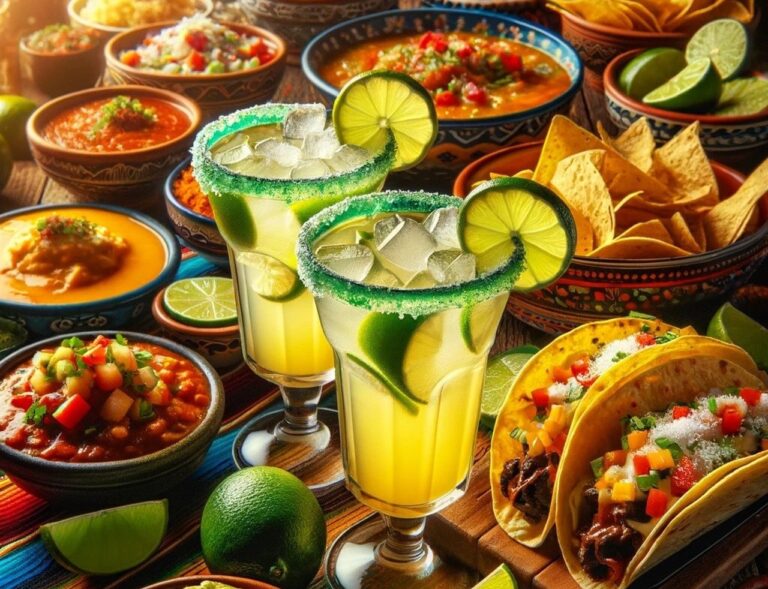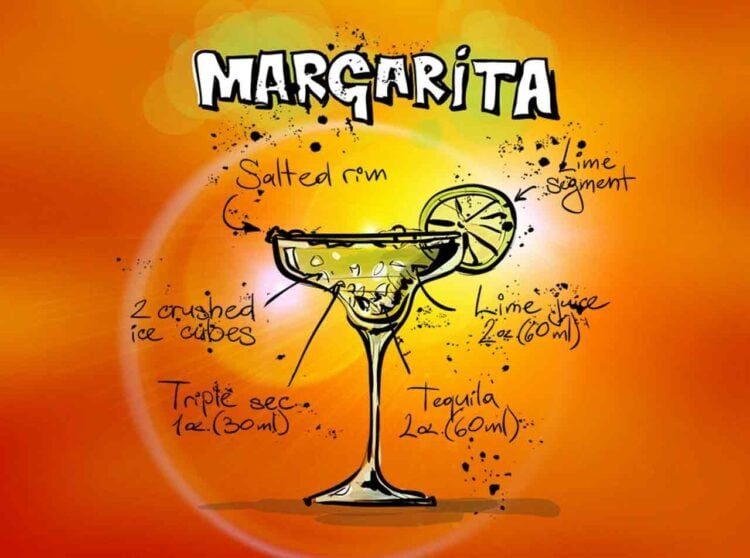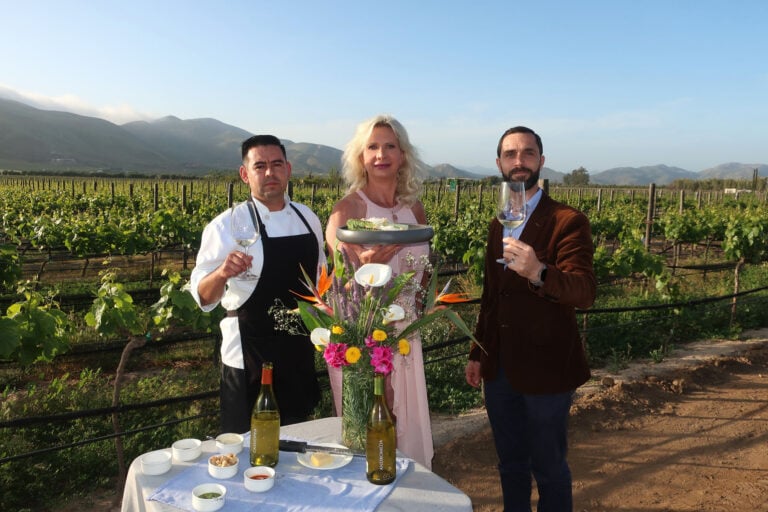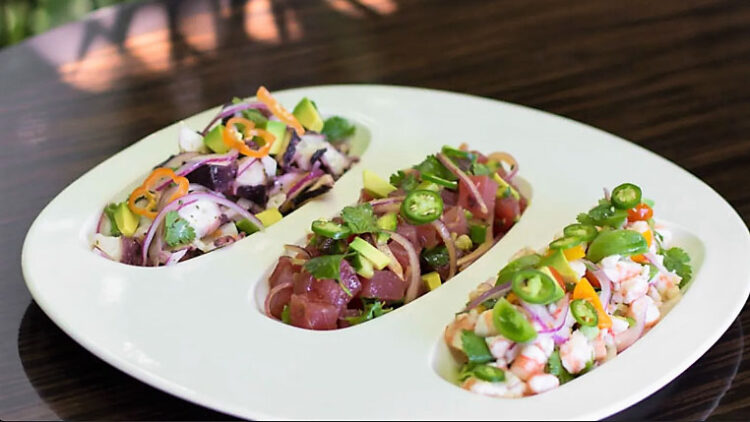Bodegas Los Bermejos, Malvasia Seco, 2020 | Lanzarote, Spain

Wine of the Week – Malvasia | September 13, 2021
> HISTORICAL FACTS
The Canary Islands are 115 km from the Moroccan coast and 1,150 km from the Spanish mainland. They have been Spanish since 1496. The first inhabitants belonged to the mysterious tribe Guanche, possibly of North African origin. When Jean de Béthencourt, a French captain working for the Spanish throne, began his conquest of the islands in 1402, he discovered that the tribe was still living as it was in the Stone Age.
The island got its name when the Romans, the first to colonize the island, discovered that there were wild dogs roaming on the island of Fuerteventura and called it Insula Canum, literally “Dog Island”. After the Spanish takeover, the general name for the archipelago became Las Islas Canarias (the Dog Islands). The current Spanish word for dog is perro but the old Spanish word was can and it still exists in the familiar parlance to mean ‘an old street dog.’ It was only later that the famous yellow finch was discovered, which was first called Canary finch and later simply Canary. Since then, everyone assumes that the islands are named after this bird.
> THE VARIETAL
In terms of agriculture and viticulture, the islands have a long history. Canary bananas and tomatoes are an important winter import for England and in Shakespeare’s time Canary-Sack was almost as popular as Sherry. Since then, however, the main source of income has been tourism. Wine production is now mainly focused on the massive influx of tourists who visit the islands during the long season that lasts nine to ten months here.
The Canary Islands are unique in the wine world because they have never been attacked by phylloxera or any other major vine diseases. It is also the reason why grape varietals are still cultivated that have been long extinct on the mainland. Some grape varietals to look out for are sabro, bujariego, diego, caleta and malvasia. There are others (a total of 218 species are grown here) whose names are unknown. Lanzarote, the most northeastern island of the archipelago, possesses the DO status since 1994. The vineyard area covers 2,170 hectares, plus 1,100 hectares to be replanted. The sub-zones are La Geria, Tinago and Norte Haría-Yé. There are 400 to 800 vines per hectares. In a good year, the production is 1,000 to 1,500 kilos per hectares,
In La Geria, the vines are planted in hoyos (holes in volcanic sand), about 1 meter deep; at about 2 meters in front is a semicircle wall built called abrigos (shelter). These protect the vines from the constant winds (Alicios), especially in spring, when the winds are strong and endanger the blossoms.
In Tinage, the vines are planted in ditches and are also protected by walls about 60 cm high.
In Norte Haría-Yé, the planting system is called Chaboco and the vines are planted in Jable, a white sand that lies about 20 cm below the volcanic top layer.
> THE WINE
The winery, Bodegas Los Bermejos, belonged for many centuries to one of the most important families of Lanzarote but plunged into inactivity for many decades. In 2001, the winery reopened their doors under a new management team. Within a few years, the winery became one of the top producers of the appellation.

Origin: Canary Islands, Spain
Varietals: 100% Malvasia Volcánico
Sustainability: sustainable practices, vegan
Suggested Retail Price: $24
ABV: 13.5%
The wine shows a yellow color with a green hue. The nose displays a lot of citrus and tropical fruit with some floral aromas in the back. The taste has flavors of lemon and peach wrapped in juicy acidity and finishing long with excellent varietal expression.
Suggested food pairings: crustaceans, seafood paella, green salads, fish and chips.
> For more information, visit the Los Bermejos official website




